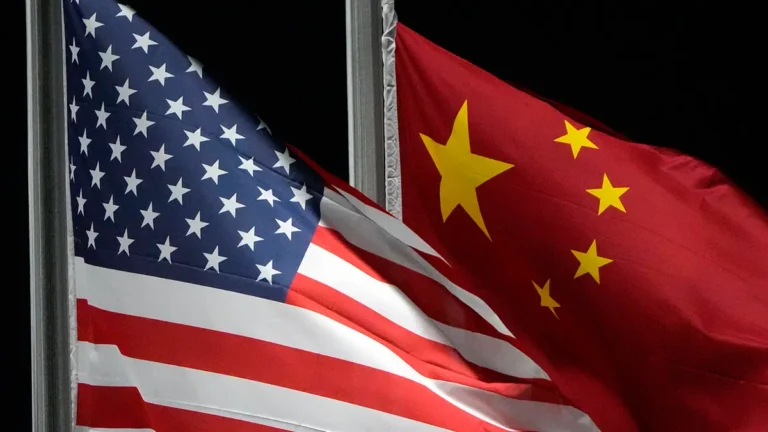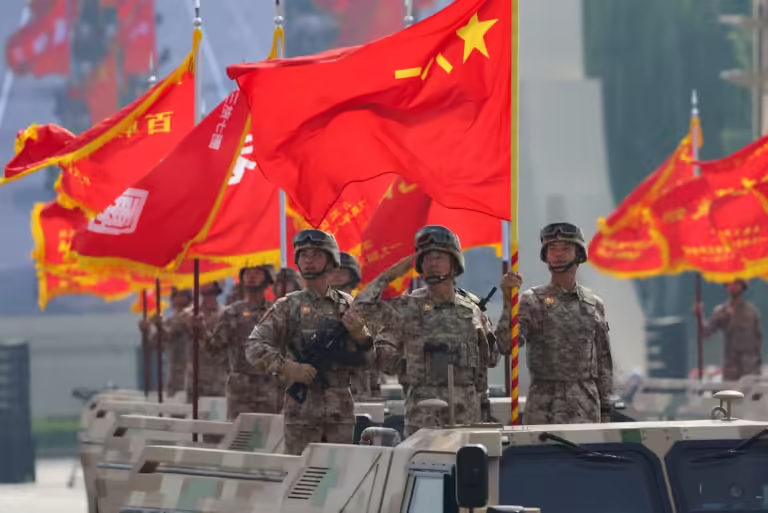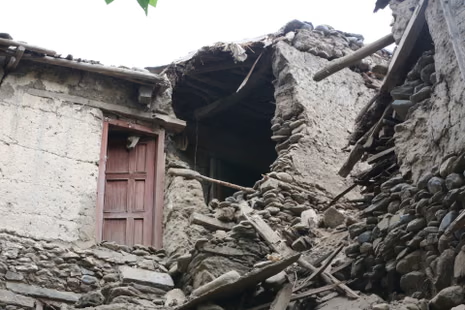
The Russia-Ukraine war, now in its third year, has become more than a fight over territory. It reflects a deeper shift in global power dynamics. While combat continues on the ground, the conflict’s direction is increasingly shaped by diplomacy, arms deals, and international politics. Ukraine stands at the center of this changing landscape, balancing between promises of help and the strategic interests of powerful nations.
Military Aid: Still on the Way
A large share of the military aid promised to Ukraine by the U.S. and its allies remains undelivered. Aid typically moves through three stages. First, funds are approved but not yet tied to contracts. Second, contracts are signed, but equipment is still under production. Third, deliveries are made and received on the ground. Most of the aid is still stuck in the first two phases. As a result, although governments continue to make public pledges, actual shipments are often delayed or uneven.

This gap between promise and delivery raises ongoing concerns about how much of the aid is truly impactful on the battlefield in the short term. The delays are often logistical or bureaucratic, but they also reflect shifting strategic priorities among donor states.
Europe’s Increasing Role
Recent data suggests a changing balance in contributions. As of mid-2025, European countries have collectively provided over 72 billion euros in aid to Ukraine, surpassing the 65 billion committed by the United States. This shift is not solely due to increased European resolve, but also to a recalibration in US policy. Washington has recently slowed the pace of new aid packages, citing internal strategic reviews and resource constraints.
Changes to Ukraine aid under Trump
Since returning to office, President Trump has introduced a modified approach to Ukraine support, reflecting broader shifts in US foreign policy. This includes:
- The recent 50-day ultimatum to Russia to enter peace negotiations, accompanied by proposed tariffs on Russian imports and 100% secondary tariffs targeting countries that maintain commercial ties with Moscow , so countries like India, China. Secondary tariffs mean the US saying if you trade with Russia, you risk losing access to the US economy (by being heavily taxed).
- A pause in some scheduled US weapons deliveries, to redirect help in the pacific region towards countering China growing influence.
- A restructuring of aid logistics, with European countries now expected to supply weapons directly to Ukraine from their own stockpiles. The US would then replenish those stockpiles by manufacturing replacements, which European allies would finance. This model aims to keep weapons flowing while reducing direct US financial involvement.This is the new NATO -US Delivery system currently under discussion.
NATO -US Delivery Structure for Ukraine
Although some statements have suggested that NATO is purchasing weapons for Ukraine, the actual system involves each European nation buying directly from US defense manufacturers. NATO’s role is limited to coordination and deconfliction. This arrangement is intended to bypass bureaucratic delays and allow faster transfers.

However, deliveries remain uneven. Some equipment can be sent quickly from existing inventories, but newly ordered systems may take up to three years to be manufactured and deployed. Financing these purchases remains under negotiation, with proposals ranging from using European defense budgets to tapping into frozen Russian assets held in the EU. So far, only interest earned on these frozen assets has been used; unlocking the full amount remains controversial.
While the proposed sanctions and aid restructuring carry symbolic weight, their practical impact remains unclear. The ultimatum to Russia, though forceful in tone, may have limited effect without the backing of other major global actors. Delays in arms production and delivery further complicate Ukraine’s position on the battlefield.
Multipolar Resistance and the Limits of Isolation
While the West has drawn global attention for aiding Ukraine, the broader international picture is far more complex. Western efforts alone may not be enough to end the war, especially as Russia maintains strong economic and diplomatic ties with China, India, and key economies in the Global South.
European military and financial support has been significant. However, much of it stems from regional security concerns, particularly fears of further Russian expansion into Europe. In the U.S., although Congress has approved large aid packages, their delivery and implementation have faced delays. Some resources have also been shifted to counter China’s growing influence in the Indo-Pacific. These moves show that current strategies are shaped by a range of geopolitical priorities, not just by a desire to resolve the war in Ukraine.
Most countries are acting in their own national interest. At this point, no single bloc holds enough influence to shift Russia’s stance on its own. A coordinated global response is likely the only way to generate enough pressure to change the war’s course. Yet, this remains difficult. Many nations continue to trade with Russia to meet their own energy and economic needs. For instance, India and China have increased their imports of Russian oil and gas despite Western sanctions.

This situation has created a geopolitical and economic deadlock. While the West continues to support Ukraine through sanctions and aid, this approach has not led to a decisive shift. Many non-Western countries, due to their economic interests, prefer to remain neutral or cautiously engaged with both sides. This limits the overall impact of isolation efforts.
What’s the solution?
While Western countries have traditionally shaped global policy through institutions like NATO and the G7, today’s geopolitical environment is more multipolar. Countries like China, India, and others in the Global South are asserting their own strategic priorities, often choosing neutrality or balancing approaches based on national interest.
To influence the course of the war meaningfully, global strategies must go beyond sanctions and threats. Tools like secondary sanctions are unlikely to work unless they are supported by broader international cooperation and credible alternatives. These could include energy partnerships, infrastructure support, or trade incentives that align with the economic needs of countries maintaining ties with Russia.
A lasting shift will require not just Western pressure but collective engagement that respects the diverse interests shaping the global order. Without this, attempts to isolate Russia may remain limited in impact.
For more such informative articles , Checkout The World Times.



